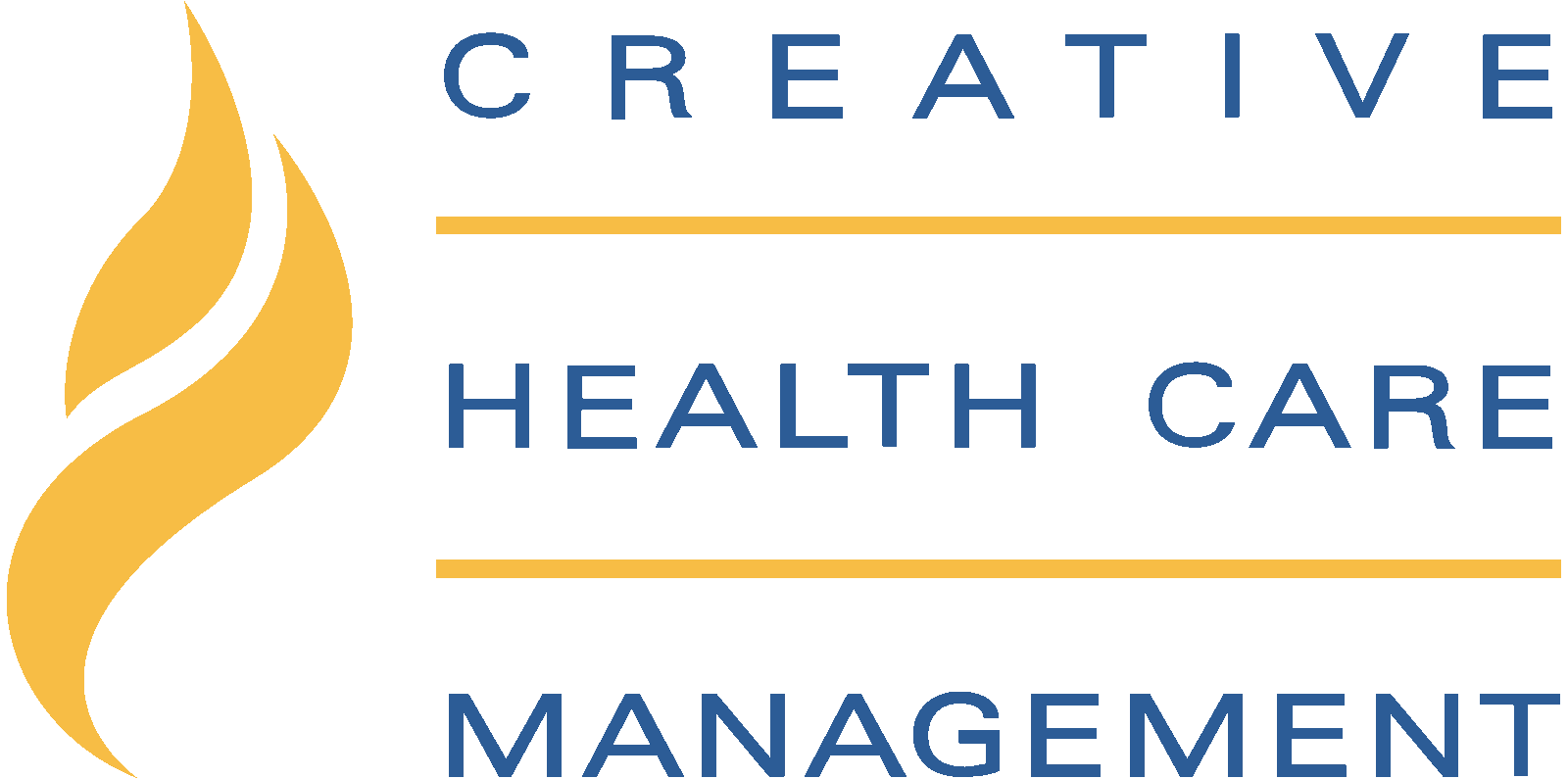Imagine a world where all patient physician communication and health care providers work together as partners, making and screening decisions based on organizational values, healthcare research and quality of care based on the best available evidence. That’s the power of shared decision making (SDM), a collaborative process that leads to a better health system with improved outcomes for patients and the healthcare team alike.
Key Takeaways
- The shared decision making model is an effective process for individual patients and their health care team creating personalized and shared medical decision making examining key elements and clinical evidence in all informed treatment plans.
- Patient decision aids are key to this approach, providing primary care and group health providers and patients with the necessary information and medical research to make informed decisions.
- Shared Governance models such as The Councilor Model promote collaboration among healthcare professionals for improved patient trust and outcomes.

Understanding Shared Decision Making
Shared decision making revolutionizes healthcare. It’s a process that involves reasonable options for both healthcare providers and patients, combining patient preferences and values in treatment decisions. This approach emphasizes collaboration, ensuring that patients have a voice in their care plan. The result is more personalized and effective treatment plans that lead to decreased anxiety, better health care decisions, and outcomes.
But how does it work? The key lies in open and honest communication between patients and healthcare providers. Transparent decision making that is patient-centered results from discussions about all options for treatment, potential side effects, and patient concerns. And from the patient perspective, when patients feel heard and involved, they are more likely to trust their healthcare providers and adhere to their treatment plans.
According to an article in the National Library of Medicine, Massachusetts General Hospital integrated shared decision making and developed a culture receptive to conversations around SDM. They used patient decision aids to help inform and engage patients; and provided an infrastructure and resources to support the implementation of SDM in practice with great success.
The Role of Patient Decision Aids
Patient decision aids are essential tools in the shared decision-making process. They provide information and support to help patients make informed choices about their healthcare. For example, skills trainings, measurement and feedback guidelines, and decision coaches are all forms of aids for informed decisions that enhance patient understanding of their conditions, new treatment alternatives, treatment regimens, and treatment options.
Introducing decision aids not only empower and prepare patients but also offer medical training for clinicians and providers to make more informed decisions and provide better patient education. Incorporating a decision aid into primary care and routine clinical practice helps healthcare providers equip patients with the best available information for making informed choices about their care.
Ethical and Legal Implications
Shared decision making comes with its share of implications both ethically & legally and are often addressed by leadership to examine a hypothetical malpractice suit ensuring compliance. Respecting a patient’s values, patient autonomy, ensuring informed consent, and promoting patient-centered care are all cornerstones of this approach. Informed consent plays a crucial role in shared decision making, as it helps patients understand their healthcare options and gives them the power to agree or disagree with proposed treatments.
Adherence to these ethical principles allows healthcare providers to build stronger relationships with their patients, uphold patient autonomy, and deliver pertinent guidance and information for informed decision making. This delicate balance is essential for upholding the principles of shared decisions and ensuring that patients receive the best possible care.

The Impact of Shared Decision Making on Health Outcomes
The benefits of shared decision making extend beyond the patient-provider relationship. By implementing better communication and collaboration, SDM leads to improved patient satisfaction, better outcomes, and reduced risk of regretting treatment choices.
Biomedical and behavioral research studies have shown that the decision-making process can lead to increased adherence to treatment plans and better health outcomes for people facing health treatment with a variety of conditions, including:
- Mental health disorders
- Uterine fibroids
- Slow-growing prostate cancer
- Type 2 diabetes
This demonstrates the far-reaching potential of medical decision making in improving healthcare outcomes across a wide range of medical specialties.
SDM has a significant positive impact on patient satisfaction in mental health services. When patients are actively engaged in their treatment plans and feel heard by their healthcare providers, they report higher levels of satisfaction with their care. This collaborative approach to decision making contributes to better patient medical outcomes, greater engagement, and an overall higher quality of care.
Evidence Supporting Shared Decision Making
The benefits of SDM are backed by solid evidence. Numerous studies have shown that SDM leads to better patient surveys and higher satisfaction rates. Engaging patients in their healthcare decisions ensures they are more informed and involved in the process, which ultimately leads to improved treatment compliance and satisfaction.
One of the key reasons for these positive outcomes is the use of evidence-based tools like patient decision aids, which help inform patients and make it easier to set goals. Providing patients with the best available information significantly enhances their understanding of their conditions, treatment options, and potential outcomes. This improved understanding underpins better healthcare decisions and overall well-being.
Case Studies
Case studies further illustrate the positive impact of shared decision making in various healthcare settings. For instance, K. Hauser conducted a study that showed SDM can increase patient satisfaction and confidence in their decisions. This demonstrates the power of shared decision making in improving patient experiences and outcomes.
Another study by the Informed Medical Decisions Foundation found that patients often do not receive enough information on their treatment options, highlighting the importance of SDM in providing patients with the necessary information to make informed preferences about their care.
Lastly, D. Veroff and colleagues demonstrated that shared decision making could have a positive financial impact on healthcare by reducing unnecessary medical procedures and costs. These case studies serve as compelling evidence of the benefits of SDM in healthcare, showcasing the potential for improved outcomes, satisfaction, and cost savings.

Barriers to Implementing Shared Decision Making
Despite the numerous benefits of SDM, there are barriers to its widespread implementation in healthcare. Physician resistance, lack of training, and limited resources all pose challenges to the adoption of SDM.
Physician resistance can stem from various factors, such as:
- Time constraints
- Clinical uncertainty
- Fear of bad outcomes
- Perceived lack of benefit from shared decision making, considering patients’ personal preferences
Addressing these concerns and demonstrating the advantages of SDM can help overcome physician resistance and create a more collaborative approach to healthcare.
Similarly, inadequate training in communication and SDM can hinder its successful implementation. Healthcare professionals need proper training to effectively engage patients in the decision-making and have collaborative discussions. Without the right training, healthcare professionals may struggle to communicate effectively, build trust, and involve patients in decision making.
Lack of Training and Resources
In addition to physician resistance, a lack of training and resources can also impede the widespread adoption of SDM in healthcare settings. Without adequate training, healthcare professionals may struggle to effectively engage patients in health care decisions, and not including patients in this process leads to suboptimal outcomes.
Addressing this issue requires healthcare organizations to invest in equipping healthcare professionals with the necessary training and resources for effective implementation of shared decision making. This can include decision aids, communication tools, and continuing education opportunities focused on shared decision making. By equipping healthcare providers with the right resources and skills, organizations can help ensure the successful implementation of shared decision making in their practice.
Strategies for Promoting Shared Decision Making
There are several strategies for promoting shared decision making in healthcare. One of the most effective approaches is to integrate shared decision making into medical education, ensuring that future healthcare providers are well-equipped to engage patients in the process of decision-making. By teaching communication skills and emphasizing the importance of shared decision making, medical education can pave the way for more patient-centered care.
Another strategy is to develop and implement decision aids that support patients and healthcare providers in the shared decision-making process. These tools can help patients better understand their treatment options and make more informed choices, ultimately leading to better healthcare outcomes.
A combination of these strategies empowers health systems to create a culture of shared decision making, benefiting both patients and providers.
Integrating Shared Decision Making into Medical Education
Integrating shared decision making into medical education is crucial for preparing healthcare providers to engage in patient-centered care. By emphasizing communication skills and the importance of shared decision making, medical education can equip future healthcare providers with the tools they need to effectively collaborate with patients.
Some methods for incorporating shared decision making into medical education include:
- Planning shared decision making approaches
- Making shared decision making a routine part of clinical practice
- Providing strong patient education and decision aids
These practices can help ensure that health care providers are well-prepared to involve patients in the decision-making process and provide the best possible care.
Developing and Implementing Decision Aids
Decision aids play a vital role in facilitating shared decision making by providing patients with actionable information and improving their knowledge about their healthcare options. Examples of decision aids include patient decision aids, shared decision-making skills trainings, and measurement and feedback guidelines.
Developing and implementing decision aids enables healthcare organizations to:
- Support patients and healthcare providers in making more informed choices about their care
- Increase patient satisfaction
- Improve outcomes
- Foster a more collaborative approach to healthcare decision-making.
Shared Governance in Healthcare
Not to be confused with shared decision making, shared governance in healthcare is another essential aspect of collaborative decision-making in healthcare. This leadership model promotes:
- Partnership
- Equity
- Accountability
- Ownership
It allows healthcare professionals to participate in decision-making processes related to their practice and healthcare research.
One of the most common shared governance models in healthcare is the Councilor Model, which includes coordinating councils, central councils, and unit councils. This model fosters consensus decision-making among diverse stakeholders, empowering healthcare professionals to take ownership of their practice and collaborate with their peers to make informed decisions.
Incorporating shared governance in healthcare allows organizations to promote collaboration, accountability, and ownership among healthcare professionals, which leads to improved patient outcomes and satisfaction.
The Councilor Model
The Councilor Model is a popular shared governance model that encourages consensus decision-making among diverse colleagues. It includes coordinating councils, central councils, and unit councils, allowing healthcare professionals from various clinical areas to collaborate and make decisions together.
This model promotes a sense of partnership and teamwork among healthcare professionals, fostering greater autonomy and decision-making power for those at the point of care. Implementing the Councilor Model in healthcare settings allows organizations to create a more collaborative and inclusive decision-making environment that benefits both patients and providers.
Evaluating and Sustaining Shared Governance
Maintaining the success of shared governance in healthcare requires regular evaluation and ongoing support. Key components for evaluating and sustaining shared governance include:
- Reviewing the purpose and aims of each council
- Ensuring strong bylaws are in place
- Utilizing effective communication tools
- Creating purposeful agendas
Consistent evaluation and support of shared governance initiatives enable healthcare organizations to ensure continued success and engagement in the decision-making process. This ongoing commitment to shared governance can lead to better patient outcomes, increased satisfaction, and a more collaborative healthcare environment.
Creative Health Care management “CHCM” and Shared Governance
Throughout the United States and several countries, CHCM consultants train on developing shared governance to be in compliance with Magnet and pathway designations. This type of consulting is patient centered but includes how services are delived and how to measure outcomes.
Working within organizations to become Magnet designated or to redesignate requires detailed systems be in place. We look forward to assisting anyway we can to help you reach this goal.
Summary
In conclusion, shared decision making and shared governance in healthcare are powerful approaches that promote collaboration, patient-centered care, and improved health outcomes, but they are not the same thing. By integrating shared decision making into medical education, developing decision aids, and implementing shared governance models like the Councilor Model, healthcare organizations can transform their approach to patient care. Embrace the power of shared decision making and shared governance and unlock the potential for better healthcare outcomes and satisfaction for all.
Frequently Asked Questions
What are the 3 principles of shared decision making?
Shared Decision Making is an important practice for promoting patient autonomy, consisting of three essential elements: recognizing and acknowledging the need for a decision, understanding the best available evidence, and incorporating patient values and preferences into the decision.
What is an example of a shared decision making?
Shared decision making is a collaborative process where a patient and healthcare professional work together to reach a joint decision about care. This could involve decisions about surgery, medications, self-management, screening tests, and advance care planning.
What is an advantage of shared decision making?
Shared decision making allows for deeper conversations between providers and patients to discuss the risks, benefits and treatment options available, ultimately helping patients better navigate health care systems.
What are the characteristics of shared decision making?
Shared decision making is a process that actively involves both clinicians and patients in understanding the benefits, harms, and effectiveness of health care tests and treatments; allowing patients to consider all options and determine their own preferences while also leveraging the best available evidence. Together, they mutually agree upon a course of action.
Is shared decision making is always a positive strategy to take?
Shared decision making isn’t always the best approach, as it can make things more complex. It’s important to consider the situation and use judgement when deciding whether to hear out others’ opinions or take the lead yourself.
Sources:
https://pubmed.ncbi.nlm.nih.gov/27044963/
https://www.ncbi.nlm.nih.gov/pmc/articles/PMC4640070/
https://www.healthaffairs.org/doi/10.1377/hlthaff.2011.0941





